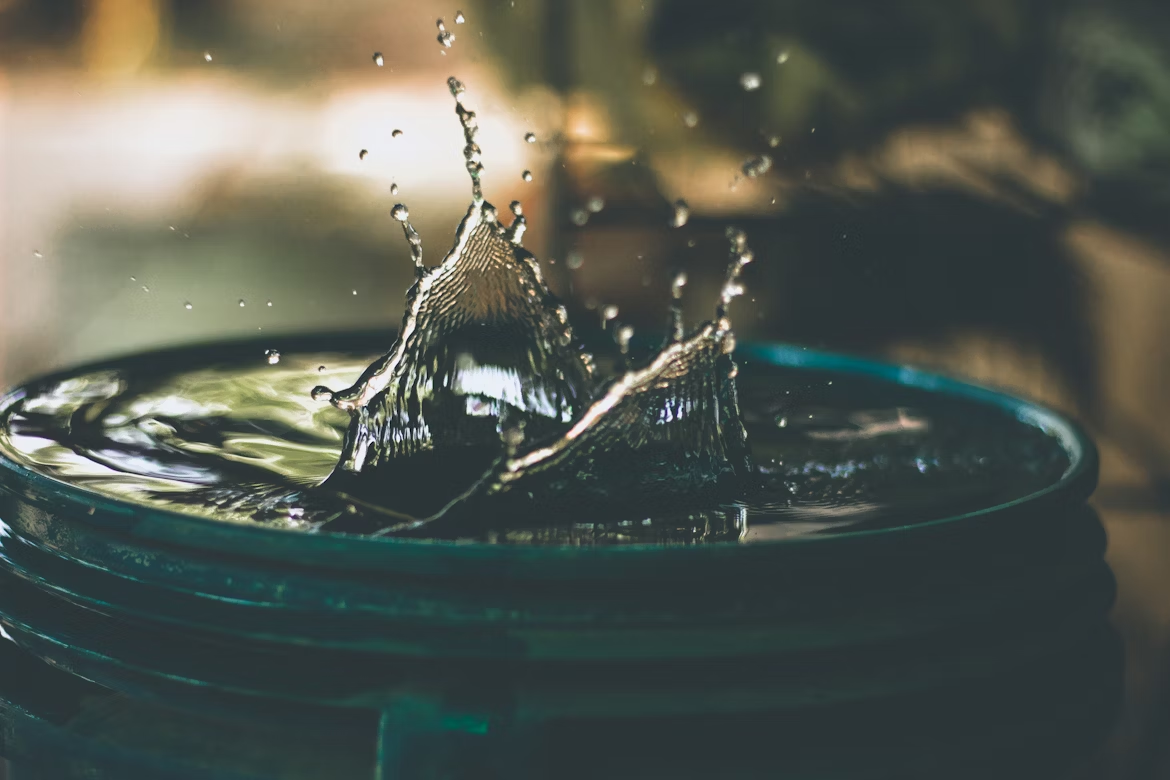
We’ve all heard the phrase, “When it rains, it pours.” Unfortunately, that’s all too true regarding a roof leak. A …
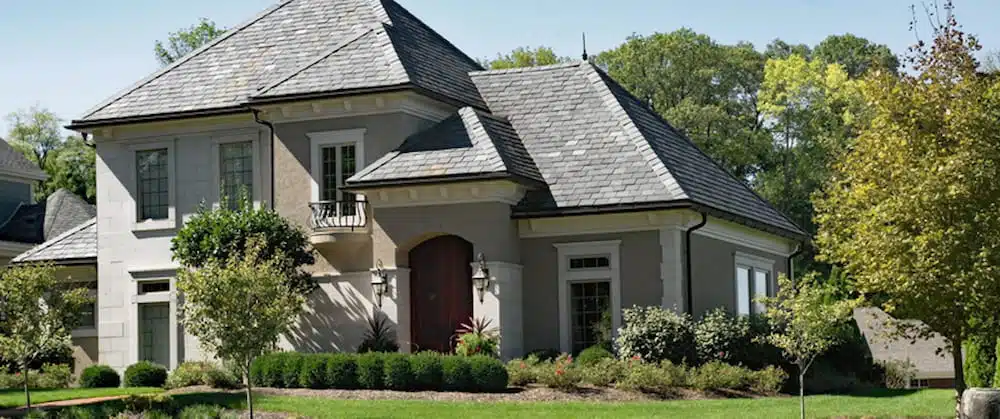
Several factors affect its longevity, both increasing and decreasing its useful life. The good news is you can control some of these factors; the not-so-good news is you cannot control some of these factors. Two major factors affecting the lifespan of your roof are the type of roof shingles and the climate you live in.
The type of shingle used on your roof plays a big role in how long you can expect it to maintain its useful life. Your roof can last anywhere from 10 years up to 100 years, depending on the type of shingle material. Although, roofs made to last 100 years are extremely pricey and very rare. Asphalt shingles are the most common roof shingle used for residential buildings. Depending on the type of asphalt shingle, your roof can last for approximately 20 to 40 years. So what exactly impacts the durability of roof shingles, you might ask? The answer could be your surrounding environment!
Mother nature can do some serious damage to your house’s roof. Heavy winds, frequent rainfall, and high humidity can reduce the useful life of your roof dramatically. Different climates impact roofs in various ways and it is important to know how the type of environment you live in can impact your roof. For example, a homeowner in Florida will experience hot and humid temperatures that can decrease roof life, compared to a homeowner in a cold climate like Minnesota, where your roof will last longer. Knowing the climate you live in and the maintenance needed in that specific climate will help you extend your roof life.
Each climate zone has its own unique weather patterns, however some are more threatening to the average roof life than others. Thermal shock can cause serious damage to your roof where temperature changes are so drastic in such a short period of time. Take Arizona or California for example. These states are part of the hot-dry / mixed dry climate zones, where in the daytime they can reach temperatures as high as 100° and then drop to 50° that same night. This fluctuation leads to stress; often creating cracks and fractures in your roof.
Water can seep into cracks and if you live in a cold climate, you are in danger of facing the freeze-thaw cycle, where the water in the cracks freezes in the evening, melts during the daytime, and then freezes again in the evening. The more this cycle occurs, the larger the cracks become since water expands as it freezes. Who knew you would be getting a chemistry lesson too?
Continual roof maintenance is always essential when maximizing your roof’s useful life, but you should also have a plan in mind for when you will need to get your roof replaced. 20 years is a long time, and if you are just starting a family, you should make a plan for when you will replace your existing roof. Otherwise, you could be left with hefty roofing charges and college tuition payments all at the same time – scary thought, huh? So now that you have gotten a chemistry and finance lesson with your information on the average roof life expectancy, make a plan so that you are prepared for the unexpected.

We’ve all heard the phrase, “When it rains, it pours.” Unfortunately, that’s all too true regarding a roof leak. A …
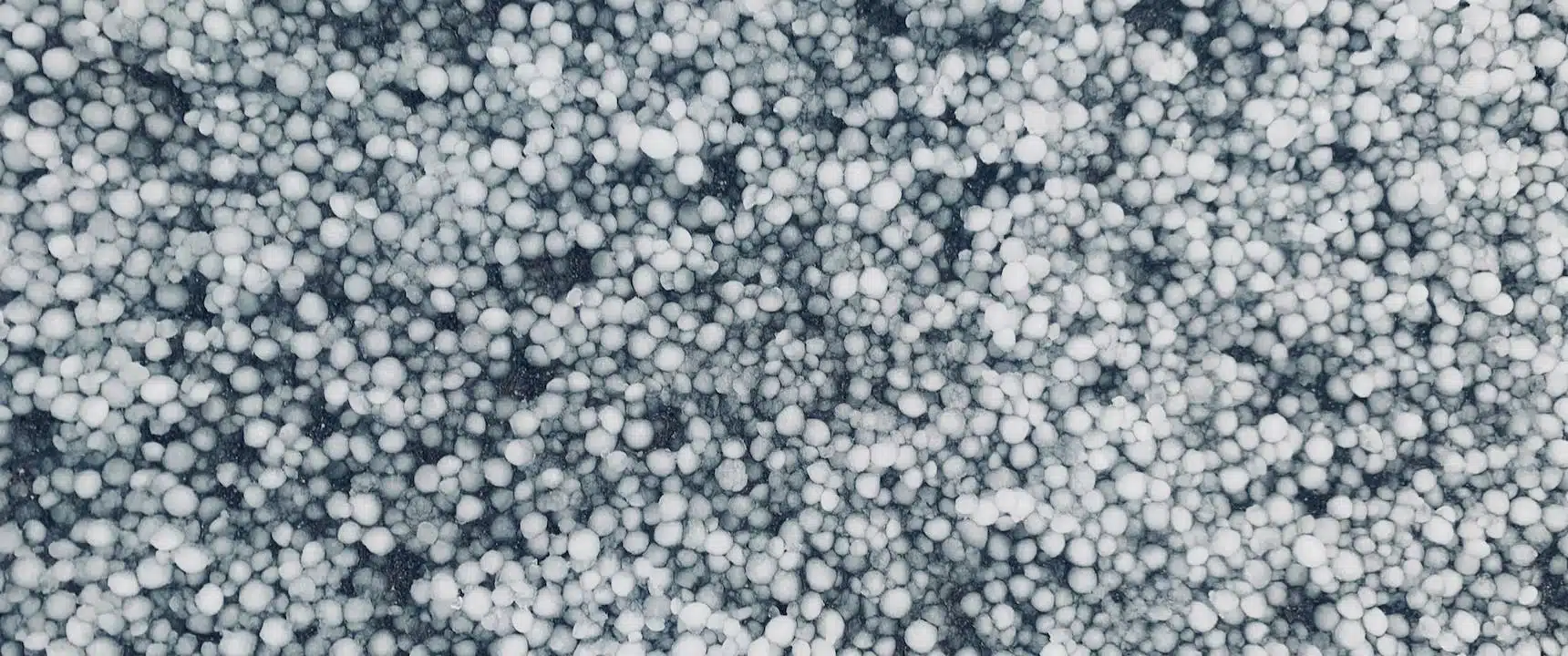
The weather in Central Texas can bring it all—intense heat, severe storms, tornadoes, and even hail. Your roof must withstand …
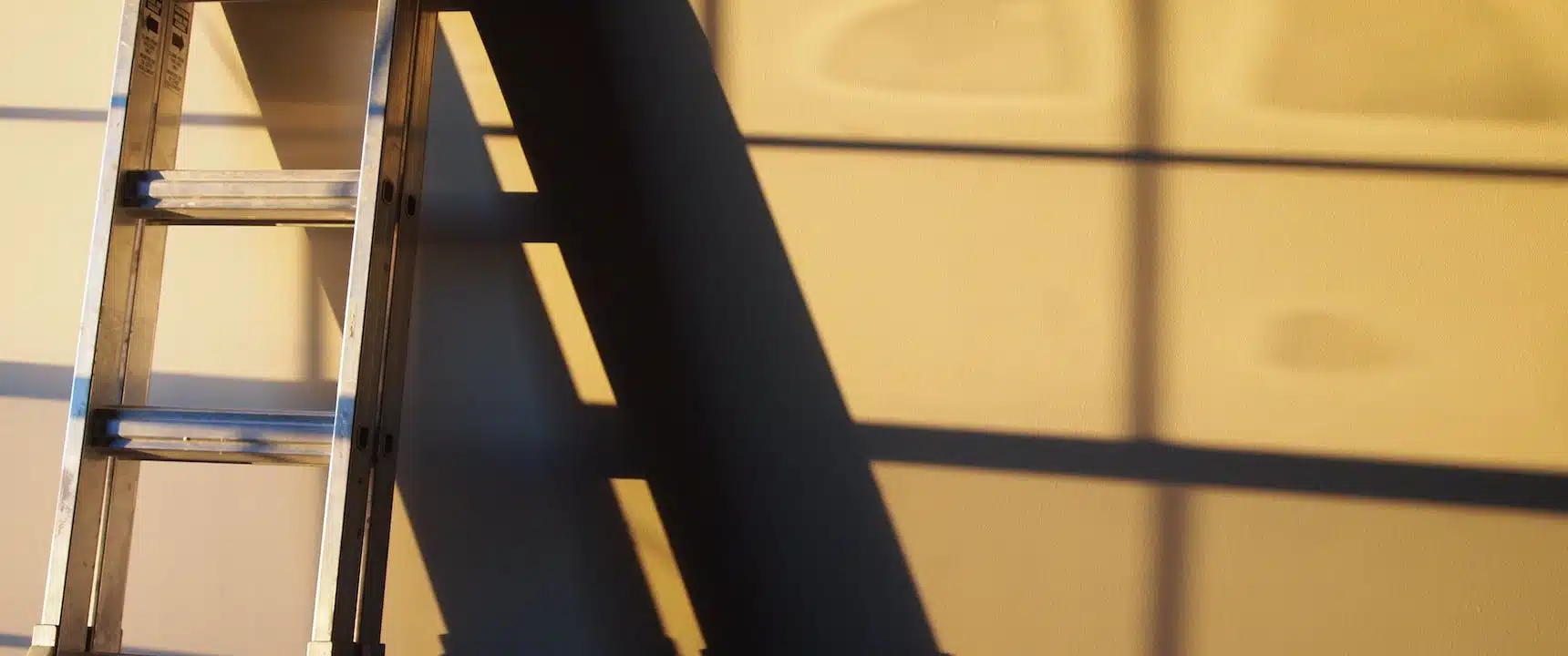
New roof or old, getting up there to inspect your roof is an important practice you should be doing at least once …
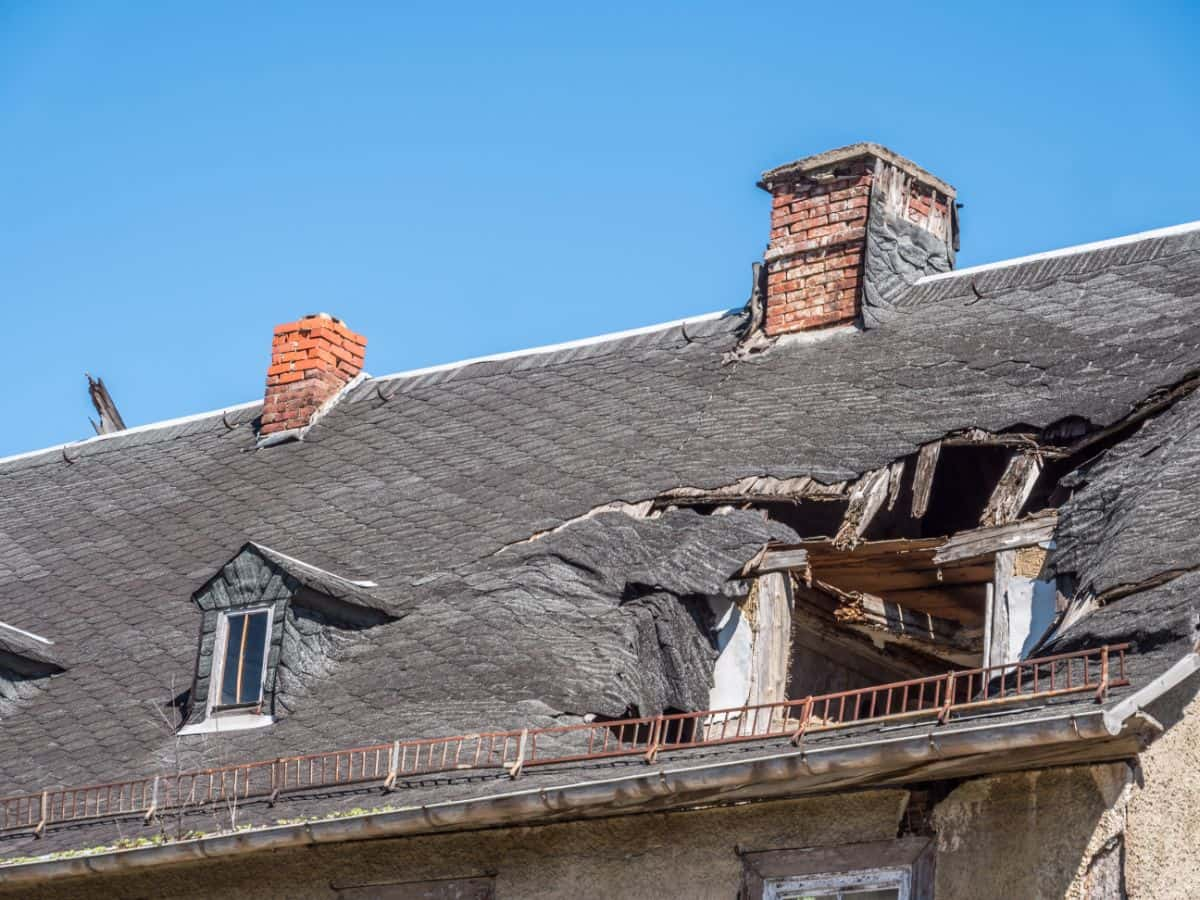
Spring isn’t all sunshine and rainbows. It also harbors potential storms that can bring serious trouble to your roof. They …
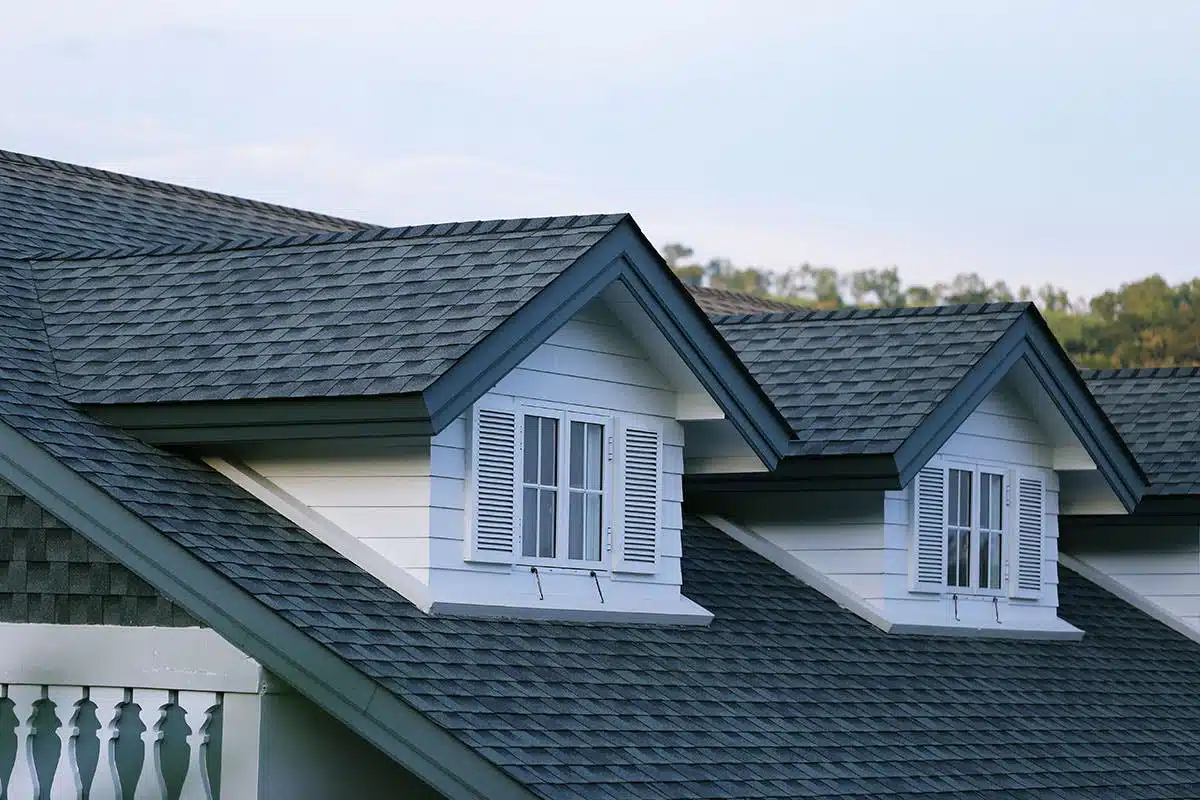
Roofs in Columbus take on heat, heavy snow, rain, and strong winds, conditions that gradually wear down even the most …
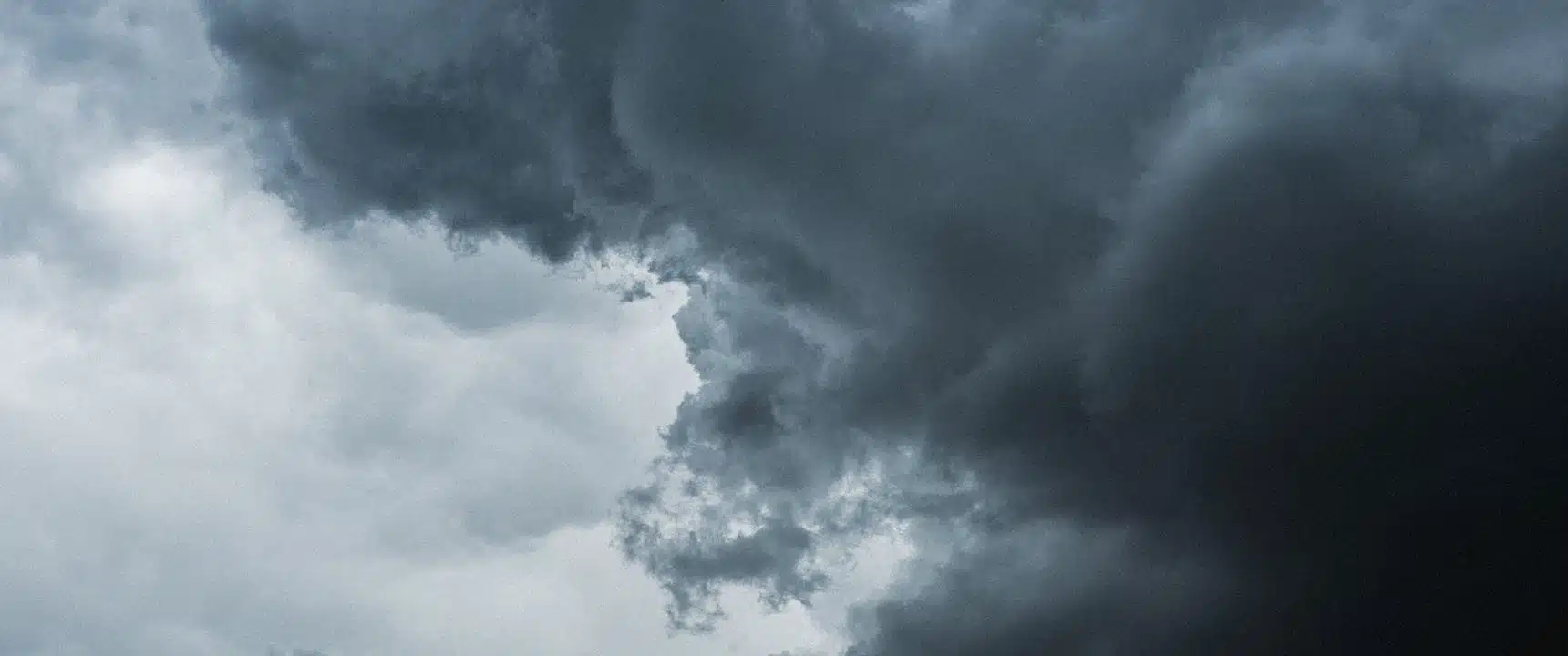
Severe weather in Austin is not something to take lightly. No matter the time of year, we could be in …